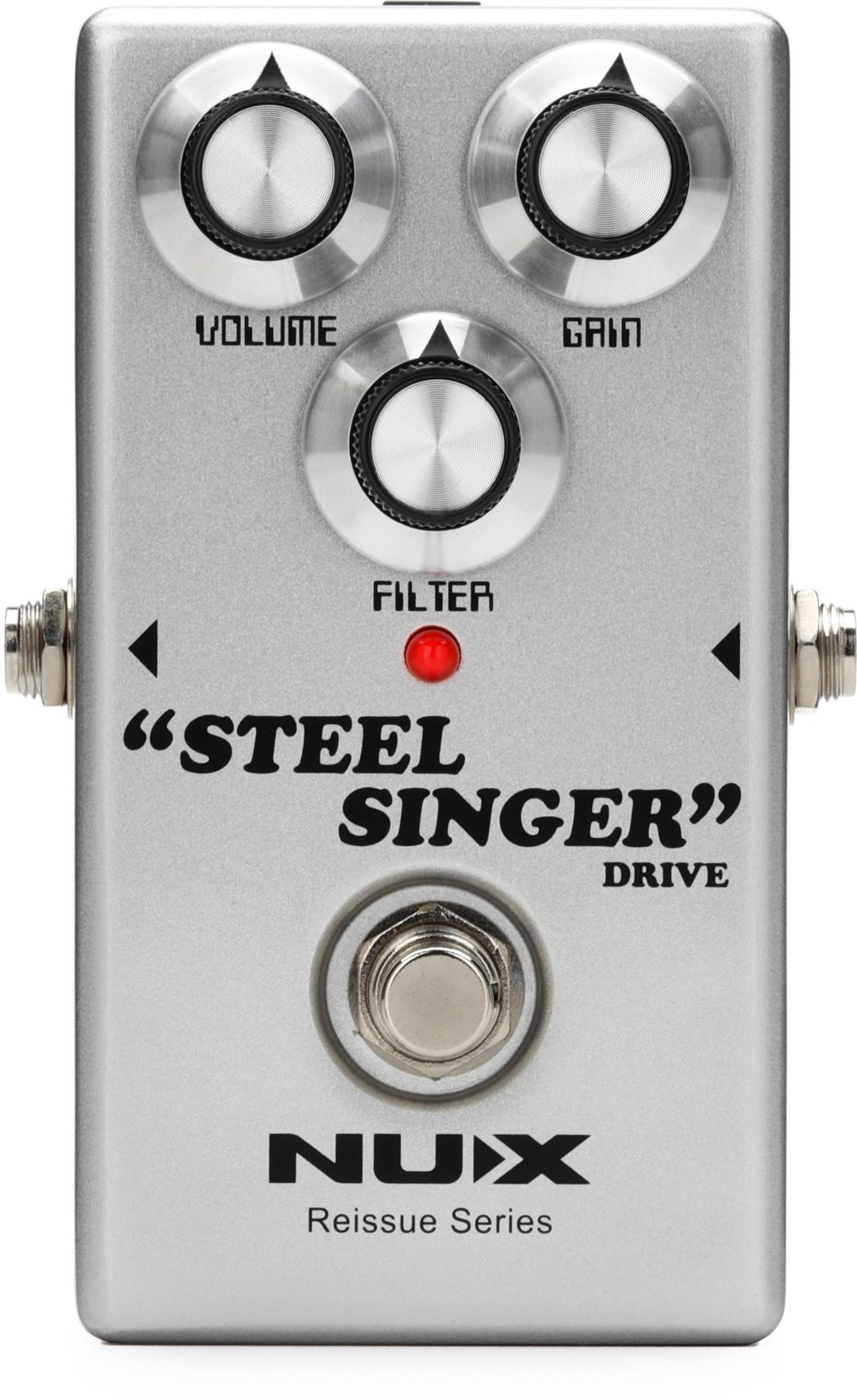Nashville, TN (July 11, 2015) -- At the Summer NAMM Show, Taylor Guitars is introducing a limited run of Grand Auditorium shaped guitars featuring a trio of stunning tonewoods. Featured back and side tonewood options include quilted sapele, flamed mahogany or blackheart sassafras, paired with a premium Sitka spruce top. Each model features a dramatic, hand-crafted Florentine cutaway and a new appointment package to accent these hand-selected woods.
Quilted sapele, a truly rare find, is flatsawn, highlighting the natural quilt of the wood and permitting for slightly more flexibility. Tonally, this translates into more projection and warmth. Flamed mahogany, noted for its visual appeal, offers players a naturally strong midrange response. "A player can expect the classic clear and dry sound mahogany lends to the aural mix," shares Taylor master guitar designer Andy Powers. "The natural warmth of the wood balances its fundamental strong character in a way that makes the wood appropriate for nearly any style of playing." Blackheart sassafras is known for its striking variegation of blonde and brown hues, with a sonic personality that melds a dry, woody response with the note distinction and focus of maple and the top-end overtones of rosewood.
While each tonewood claims a unique visual and sonic quality, Powers says, the three share similarities in different parts of their personalities. "The sapele is similar to mahogany in its clarity, although slightly more vibrant with a touch more upper register chime," he explains. "The blackheart sassafras has balance very much like mahogany but with a slightly more present midrange overtone response. Together, they make a unique suite of three instruments in a collection, with subtle tonal distinctions."
Each guitar is accented by a sharp Florentine cutaway, which is more labor-intensive to create than a softer Venetian cutaway, but as Powers notes, offers greater access to the highest portion of the fingerboard. "This upper register playability encourages guitarists to explore the articulate and expressive high notes of these guitars," he says.
The Limiteds are enhanced by a rich appointment package featuring Indian rosewood binding and curly maple edge trim. A new "Capstone" inlay of mother-of-pearl and rosewood graces the fretboard and rosette, and the guitar body is finished in high gloss. Inside, premium Adirondack CV bracing gives each guitar more sonic sparkle. The models come equipped with Taylor's award-winning Expression System 2 electronics, which debuted in 2014 and feature a revolutionary piezo pickup design that gives players a more authentic amplified acoustic tone. Each guitar comes in a deluxe hardshell case.
The Limited Edition models will be available only at Authorized Taylor Guitars dealers starting in September. Models will be available in a Grand Auditorium body shape in the 514ce-FM LTD, 514ce-QS LTD, and 714ce-S LTD.
For more information:
Taylor Guitars


























